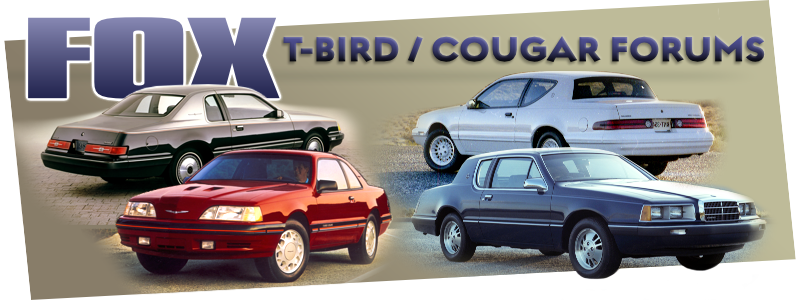Brake lines

Reply #5 –
It would give you a bit more fluid for the calipers. I'm still using the stock mc without problems,so I can't compare. from what people say it's got a better feel.
 Topic: Brake lines (Read 1450 times)
previous topic - next topic
Topic: Brake lines (Read 1450 times)
previous topic - next topic
